The Camino de Santiago, also known as the Way of Saint James, is a network of pilgrimage routes across Spain that lead to the shrine of the apostle Saint James the Great in the cathedral of Santiago de Compostela. Located in the northwestern region of Galicia, this trek has been traveled for over a thousand years by pilgrims from all over the world.Camino de Santiago Trek.
The Camino is famous for its rich history, spiritual significance, and cultural heritage. Each year, thousands of hikers and pilgrims from countries like the USA, UK, Australia, and Germany walk these routes for spiritual growth, adventure, or simply to experience the stunning landscapes and historic towns along the way.
Several routes make up the Camino, with the Camino Francés (French Way) being the most popular. Others include the Camino Portugués, Camino del Norte, and Via de la Plata. Each offers a unique experience in terms of scenery, difficulty, and cultural highlights.
Best Time to Visit
The ideal time to walk the Camino de Santiago is from April to October, with May, June, and September being the most pleasant months. During this period, the weather is generally mild, and the trails are accessible without too much rain or extreme heat.
- Spring (April-May): Trails start to bloom, fewer crowds.
- Summer (June-August): Warmest months, busiest season with many pilgrims.
- Autumn (September-October): Cooler temperatures and beautiful fall colors.
Winter months are less recommended due to colder weather, shorter daylight hours, and some accommodations closing.
How to Reach the Camino de Santiago
- By Air: The nearest airports to Santiago de Compostela include Santiago Airport (SCQ), A Coruña Airport, and Bilbao Airport. Larger international airports like Madrid and Barcelona also provide easy access with onward train or bus options.
- By Train: Spain has an efficient rail network connecting major cities to Galicia. Santiago de Compostela is well connected by train, with links from Madrid, A Coruña, and other cities.
- By Road: Buses and rental cars are widely available. Many towns along the Camino have regular bus services.
- Many pilgrims start their trek from popular points like Saint-Jean-Pied-de-Port (France) for the Camino Francés, easily reachable by train and bus.
Entry Fees and Permits
No official permits or fees are required to walk the Camino de Santiago itself. However, pilgrims seeking the Compostela certificate—which certifies completion—must obtain a pilgrim’s passport (Credencial), available at churches, hostels, or pilgrimage offices for a small fee (usually a few euros).
Accommodation costs vary widely, but many pilgrim hostels (albergues) offer affordable lodging.
Food Availability and Meal Options
Food is generally easy to find along the Camino. Villages and towns offer local Spanish cuisine, with options ranging from tapas and traditional stews to fresh bread and cheeses.
- Many pilgrim hostels provide kitchen facilities for self-cooking.
- Restaurants often offer a pilgrim’s menu (menú del peregrino), a fixed-price meal with multiple courses.
- Snacks like nuts, fruits, and energy bars are available in shops for on-the-go nutrition.
Drinking water is usually accessible from fountains along the trail.
Packing List and Essentials
Packing light is key for the Camino trek. Essentials include:
- Comfortable, broken-in hiking boots or trail shoes
- Lightweight clothing suitable for layering
- Waterproof jacket and rain gear
- Backpack (20-30 liters recommended)
- Hat and sunscreen
- Water bottle or hydration system
- Basic first aid kit and blister treatment
- Pilgrim’s passport (Credencial)
- Sleeping bag or liner (for some hostels)
- Walking poles (optional but helpful)
- Mobile phone and charger
Safety Tips and Local Regulations
- Stick to marked trails and respect private property.
- Follow local traffic rules when crossing roads.
- Use sun protection and stay hydrated.
- Be cautious of blisters and foot care; rest when needed.
- Carry identification and emergency contacts.
- Respect wildlife and natural habitats.
- Some regions may have specific local regulations—always check ahead. Camino de Santiago Trek.
Tips for Beginners or First-Time Visitors
- Start training with regular long walks or hikes.
- Pace yourself; the Camino is about the journey, not speed.
- Book accommodations in advance during peak season if possible.
- Learn a few basic Spanish phrases; locals appreciate the effort.
- Travel light to avoid unnecessary strain.
- Join pilgrim groups or communities for support and camaraderie.
- Familiarize yourself with the route and daily stages.
Local Customs and Cultural Etiquette
- Pilgrims are greeted warmly, but it’s polite to greet locals with a simple “Buen Camino” (Good way).
- Respect quiet hours in hostels and villages.
- Dispose of trash responsibly and maintain cleanliness.
- Many churches and sacred sites require modest dress and respectful behavior.
- Tipping is appreciated but not mandatory in restaurants and hostels. Camino de Santiago Trek.
Frequently Asked Questions (FAQs)
How long does the Camino de Santiago take?
Most pilgrims take 4 to 6 weeks to complete the full Camino Francés (about 800 km). Shorter routes like the Camino Portugués or Camino del Norte take less time.
What is the difficulty level?
The Camino ranges from easy to moderate. Some sections include hills and uneven terrain, but overall it is accessible to most walkers with basic fitness.
What is the highest altitude on the Camino?
The highest point on the Camino Francés is the Pyrenees crossing near Saint-Jean-Pied-de-Port, around 1,400 meters (4,600 feet).
Are restrooms available along the way?
Yes, restrooms are available in towns, hostels, and some public areas. Carry toilet paper and hand sanitizer just in case.
Can I walk the Camino alone?
Yes, many pilgrims walk solo and find the journey rewarding and safe. It’s also easy to meet others along the route.
Is the route well-marked?
Yes, yellow arrows and scallop shell symbols mark the trails clearly.
Do I need to speak Spanish?
Basic Spanish helps, but many locals and fellow pilgrims speak English. Camino de Santiago Trek.
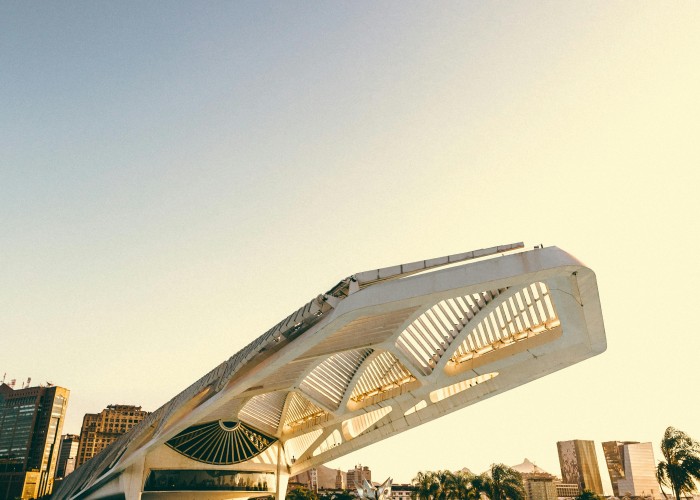
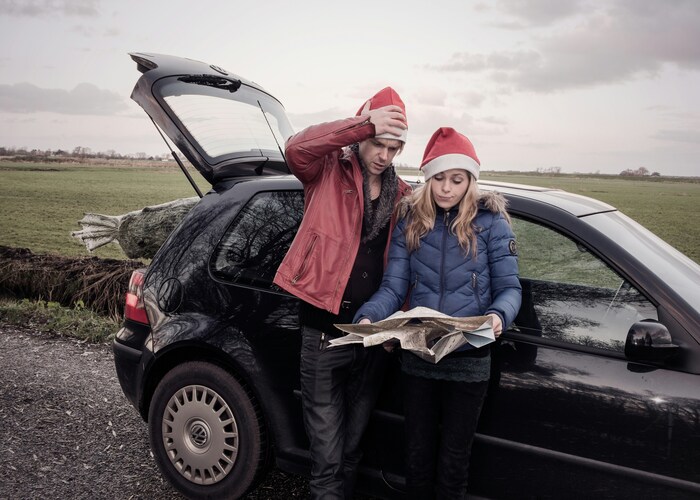
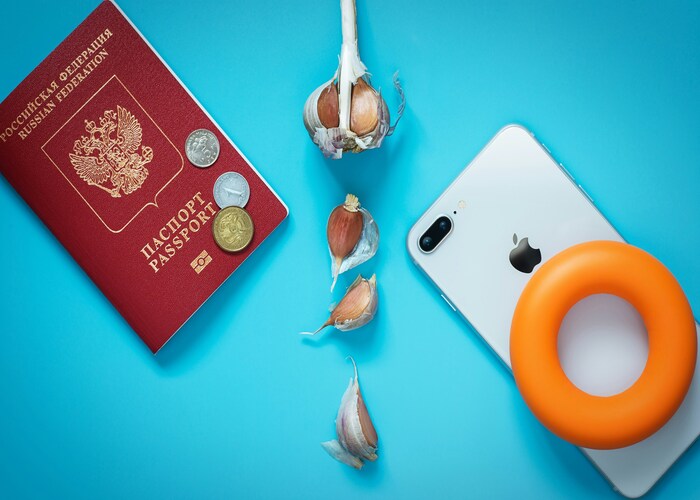
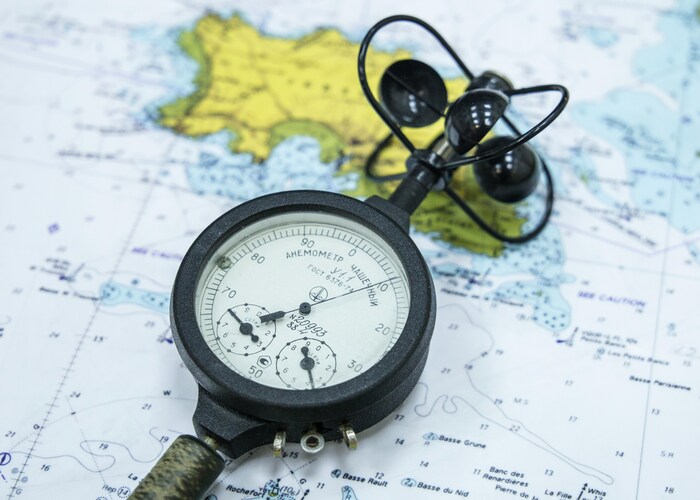
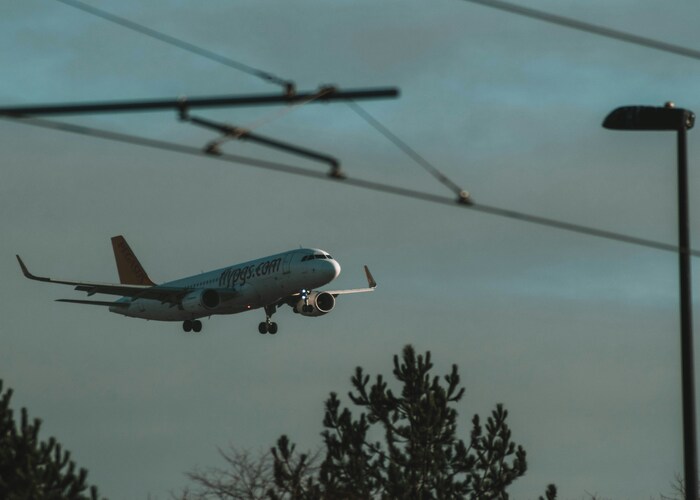
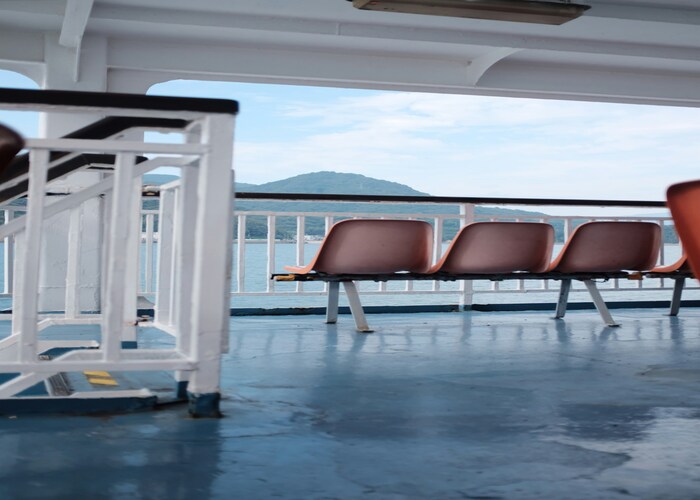
Leave a Reply